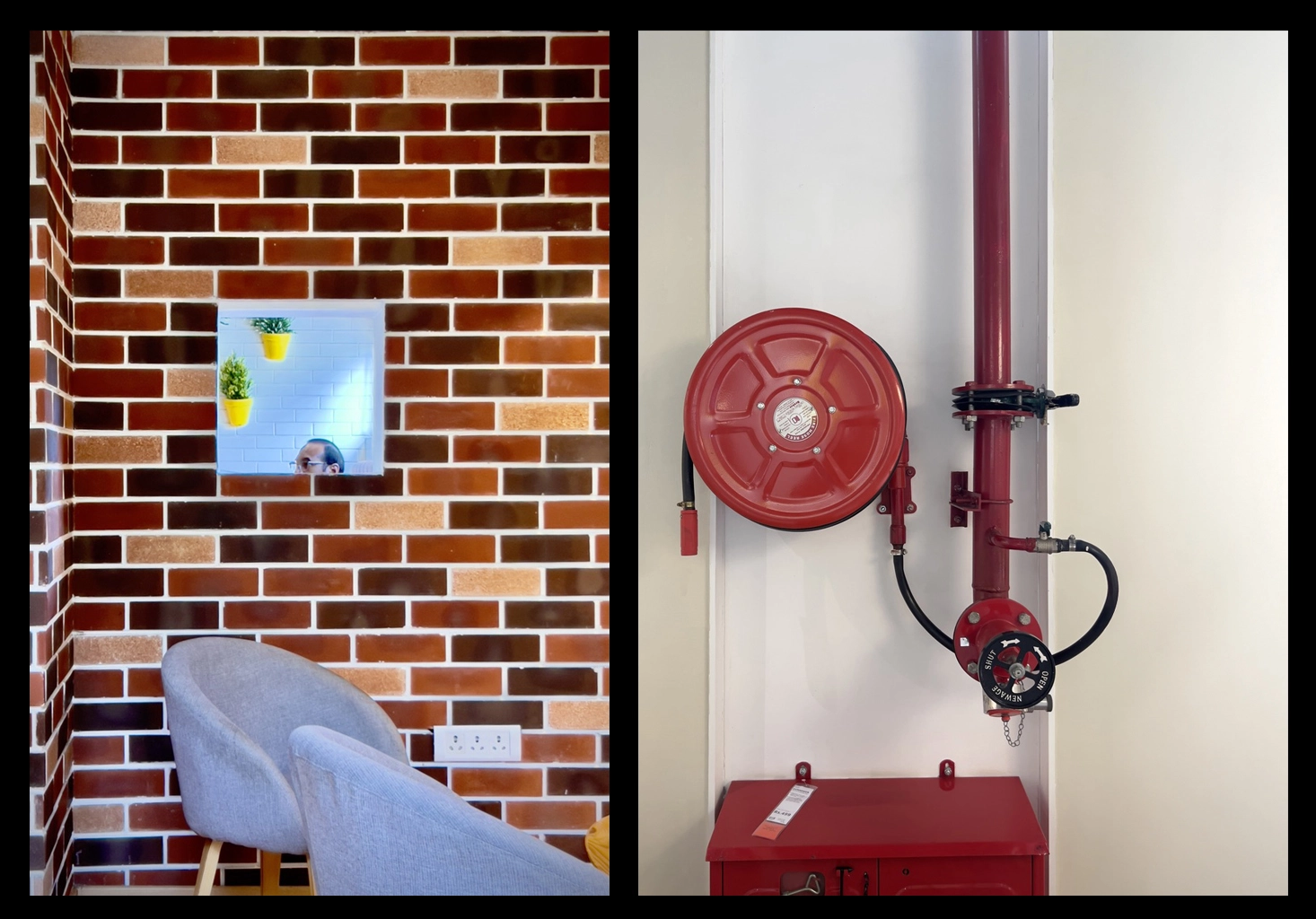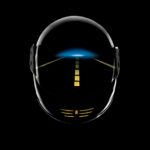By Hridgandha Girish Mistry, Advertising and Commercial Photographer, Dean and Director of Shari Academy, Mumbai. Instagram: @thewayhridsees @shari_academy
In today’s world, stress quietly follows almost everyone. Professionals chase deadlines, students juggle studies, and screens dominate every waking hour. Although the glow of our devices keeps us connected, it also traps us in constant comparison and noise. However, there is a gentle way to step out of this cycle, one that doesn’t need a vacation or a long meditation session. All it takes is a camera, even the one already in your phone. Photography can become one of the simplest and most rewarding stress busters because it naturally reconnects you with the present moment.
Escaping the Screen Loop
The moment you lift a camera, you shift your focus from the virtual world to the real one. Instead of scrolling endlessly, you start seeing intentionally. The world feels alive again—the sunlight filtering through trees, the way shadows stretch across a wall, the reflections playing on glass. Gradually, photography teaches you to look beyond the surface. Consequently, you stop reacting to notifications and begin responding to light, rhythm, and texture. As you do so, the noise fades and calmness returns, making photography a silent yet powerful form of therapy.
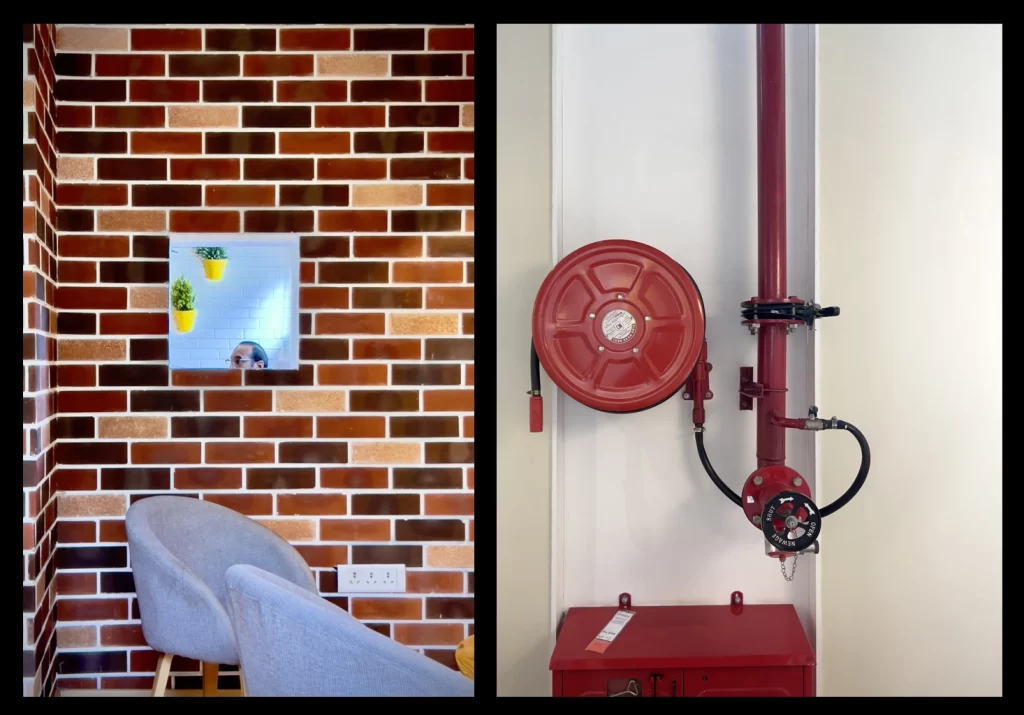
Curiosity: The Gateway to Calm
Curiosity is one of the mind’s most natural stress relievers. Whenever you frame a subject, your imagination wakes up. You might ask yourself, What happens if I move closer? or Should I wait for the cloud to shift? These little questions redirect your thoughts from anxiety to exploration. Soon, you find yourself rediscovering a sense of wonder that daily routine had dulled. You begin noticing things you once overlooked—a cup catching golden light, patterns in puddles after rain, or a leaf trembling in the wind. Since stress feeds on repetition, curiosity gently breaks that loop, turning each photograph into a small adventure.

Mindfulness Through the Lens
Mindfulness is often associated with sitting still, yet photography allows you to practice it in motion. While waiting for the perfect frame, you breathe slower and focus deeper. Every element light, shape, and timing draws your awareness to now. In those moments, the chatter of thoughts fades away, replaced by quiet attention. Rather than forcing mindfulness, you live it naturally. Over time, you realise photography is not only about taking pictures; it is about receiving them with full presence and gratitude.
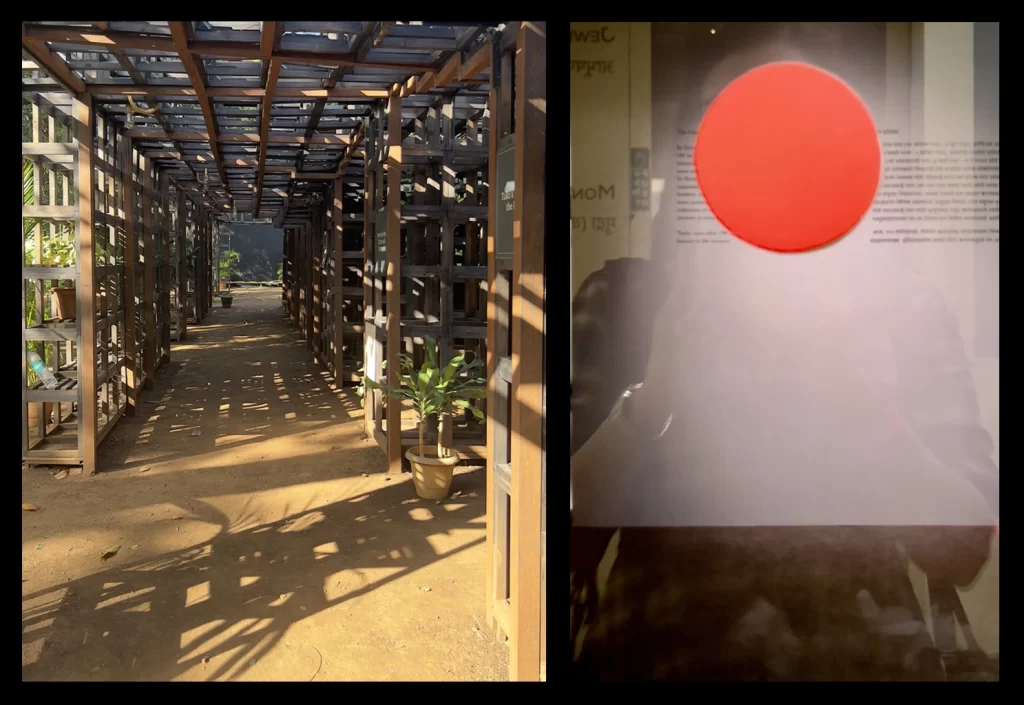
My Personal Pause Button
For me, photography has never been just a profession; it has been a pause button for life. There were times when deadlines felt endless, responsibilities piled up, and exhaustion took over. On such days, I would simply pick up my camera and step outside. I never searched for something extraordinary. Sometimes it was a beam of light streaming through studio curtains or a cup of tea steaming beside a window. Looking through the viewfinder, I would feel everything else fade away. My breathing slowed, my thoughts softened, and calmness returned. Even now, photographing is like taking a deep breath for the soul. It reminds me that beauty often hides in plain sight, waiting for us to truly see it.
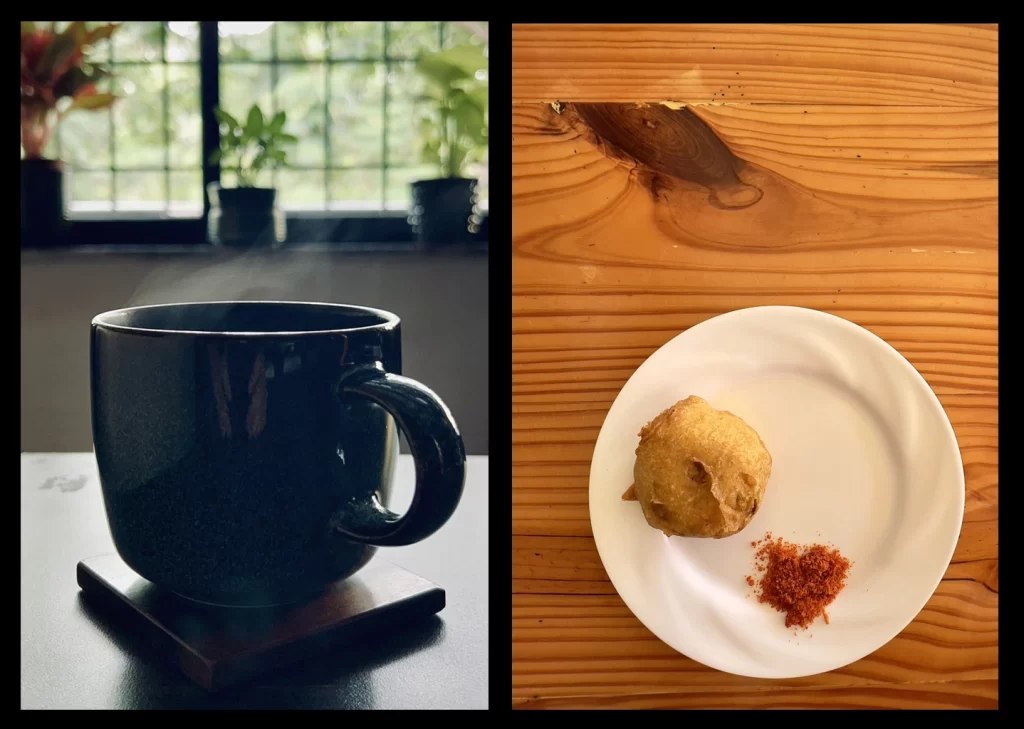
The Power of Learning to Slow Down
Photography teaches patience. You cannot rush light or command a moment to unfold. You must wait, observe, and allow life to reveal itself. That patience itself becomes a form of therapy. The more you observe, the more you realise how rich the world is the play of textures, patterns of color, and hidden stories in faces and objects. When you begin to notice, you start to live more fully. You stop taking your surroundings for granted and begin appreciating the rhythm of stillness. This shift from looking to truly seeing can calm the mind faster than any quick relaxation exercise.
Anyone Can Begin
You don’t need to be a professional to experience this joy. Nor do you need expensive gear. The best camera is always the one you have with you. What matters most is your intention—to observe, to connect, and to express. When you capture a scene, you declare it worth remembering. This simple act trains your mind to recognize beauty in fleeting moments. Over time, that awareness helps counter stress, boredom, and fatigue.

Finding Yourself Through the Lens
Photography not only frames the world but also reflects who you are. It reveals what draws your attention—perhaps quiet corners, bright streets, calm faces, or abstract forms. Each image becomes a mirror of your mood and emotions. Over time, patterns emerge. You might notice that symmetry gives you balance, while chasing light fills you with hope. These subtle discoveries help you understand yourself better, not through words but through visuals.

Healing Through the Art of Seeing
Ultimately, photography is more than a hobby; it is therapy with light. It blends curiosity, mindfulness, and gratitude, the three most powerful antidotes to stress. Each photograph you take is proof that you were present, that you noticed beauty, and that you chose awareness over hurry. In a fast-moving world, that choice itself becomes healing.
So, the next time life feels overwhelming, pause before you scroll. Step outside, breathe deeply, and watch how light transforms everything around you. Lift your camera, focus, and click not to capture the world, but to reconnect with it. Sometimes, the best therapy is simply learning to see again.

